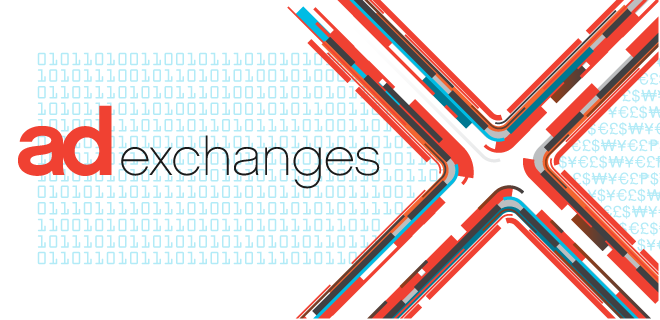
For years, the power structure in digital advertising has not resembled what most consumers would expect. Publishers, the entities that actually empower advertising by owning the relationships with consumers visiting their sites, generally aren’t the ones profiting the most. This has been true for years, but is an even more prevalent norm today, despite the fact that more money is flowing from traditional media to interactive.
But this trend is shifting. Publishers are finally leveraging the tools needed to command higher rates and take back some of the power. Newest among these is the single point-of-entry ad exchange, whereby like-minded publishers band together and pool their resources to sell their excess inventory through one single centralized hub. The key to changing the game is that the ad-exchange platform where this inventory resides provides audience-targeting capabilities that used to be available only through intermediary third parties.
This process drives multiple benefits. To begin with, it gives advertisers the audience insight they want, including better estimates of age, gender, demographic and interests, when buying on a local site or across a group of local sites. Advertisers pay more for inventory that is powered by audience data, enabling the data gives publishers the chance to boost their rates.
Ideally, advertisers should get impressions in front of interested audiences while publishers get sustainable rates for running ads on their sites. But most of the time, it doesn’t work that way, and hasn’t for some time. As has been reported all over the trades, a series of middleman get involved in most ad buys and skim off a portion of the budget, reducing the total return for the publisher – and the value for the buyer.
A local media exchange changes that – meaning that the publisher can now sit at the control panel of their own marketplace. Before, they relied on the ad networks to run the platform. Yes, there are other vendors involved to provide data targeting, or optimizations. But the transaction begins with the Publisher and can be monitored by the Publisher every step of the way.
So, how does this all work? First, Publishers must continue to drive the highest rates possible for their direct sales, selling run-of-site inventory, sponsorships, takeovers and similar tactics through their sales teams directly to advertisers. The guaranteed marketplace should always be the Publisher’s primary focus as this method is highly profitable and crucial for online publishers. This business model is not going anywhere.
However, there is a very real secondary marketplace and it is gaining momentum every day. In the non-guaranteed marketplace, new models include private ad exchanges and trading desks are changing the options for how Publishers can monetize their unsold inventory. By combining the unsold inventory for multiple like-minded sites in an ad exchange, it immediately makes it more valuable than if an individual publisher were trying to sell it alone. Outside of the portals and the ad networks, few Publishers have the scale of audience data needed to justify the cost of a targeting platform, audience-focused sales team and the tools needed to compete in the secondary marketplace. But by joining forces, like-minded Publishers can take back the control and work directly with a gate-keeper to manage the secondary marketplace.
This is not to say that Publishers shouldn’t continue to explore all their fulfillment options, including working with traditional networks. The change here is that a single point of entry enables the Publishers to manage their down-stream strategies and set the rules for the ad networks to participate, not the other way around. Setting the framework of the system provides better service and pricing to clients while increasing the publisher’s sustainability from the media on their pages. The Publisher is no longer devaluing their excess inventory value by throwing it over the fence to a third party to manage blindly. Instead, they’re increasing the value by naming their own price and forcing the network to come to them.
That’s the real benefit to the publisher. By taking control of the audience data, restricting access to a single point of entry and monitoring the activity of the secondary marketplace, publishers are learning the value of the data and the audiences that visit their sites, and in turn structuring their prices. Audience data is far and away a publisher’s most valuable asset, and this strategy capitalizes and invests in that value. Smart publishers know what they are selling, and that it has never been just inventory.
The more publishers embrace this system of selling, the more valuable it becomes for every party. More like-minded sites joining forces will create more scale, which is what advertisers want online. The problem with buying locally is the headache of managing multiple buys across sites – that’s why ad networks grew quickly, but that model cost publishers. This model drives real value by building an ad product that advertisers want, at the scale they want, with profits that publishers need. It’s a winner across the board, which is why it is growing across our industry.
 For years, the power structure in digital advertising has not resembled what most consumers would expect. Publishers, the entities that actually empower advertising by owning the relationships with consumers visiting their sites, generally aren’t the ones profiting the most. This has been true for years, but is an even more prevalent norm today, despite the fact that more money is flowing from traditional media to interactive.
For years, the power structure in digital advertising has not resembled what most consumers would expect. Publishers, the entities that actually empower advertising by owning the relationships with consumers visiting their sites, generally aren’t the ones profiting the most. This has been true for years, but is an even more prevalent norm today, despite the fact that more money is flowing from traditional media to interactive.